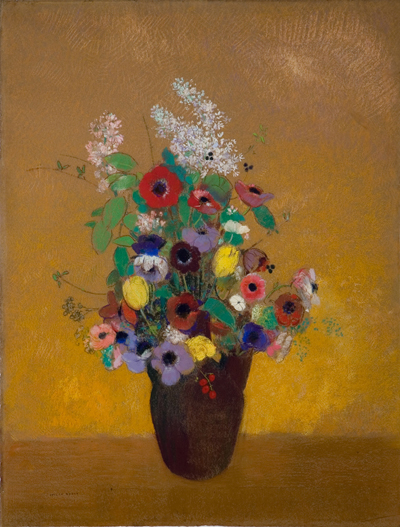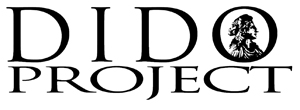
DRAWING
-Edgar Degas (1834-1917)-
Odilon Redon, French (1840-1916)
33 3/4 inches H; 25 11/16 inches W
Elisabeth Ball Collection, gift of the George and Frances Ball Foundation
1995.036.051
HOW IS IT MADE?
Many artists consider drawing the art form closest to thinking. Drawings express how we think and what we think about. For some artists drawing is just one part of the creative process. A sculptor might sketch out several angles of the envisioned sculpture before putting chisel to stone. For other artists, like Edgar Degas, a pastel drawing of a ballerina is considered suitable for his expression.
Artists draw using a variety of tools, such as, graphite, pen and ink, markers, pastels, contë crayons, inked brushes, charcoal, and colored pencils. Paper is a common drawing support. Artists also draw on canvas, leather, cardboard, and plastic. Drawing is one of the most familiar, yet intimidating, art forms. Children often express themselves through crayons and paper, yet when the same children are asked to draw using a pencil in art class they often feel uncomfortable at first. These students see what they want to draw in their heads, but they have a difficult time translating their thoughts onto paper.
Similar to how a pianist will practice scales to both train and loosen his fingers, student artists often enhance their draftsmanship by completing quick studies called gesture drawings and blind contour drawings. An artist does more than simply copy life. An artist sees, contemplates, and emotes.


